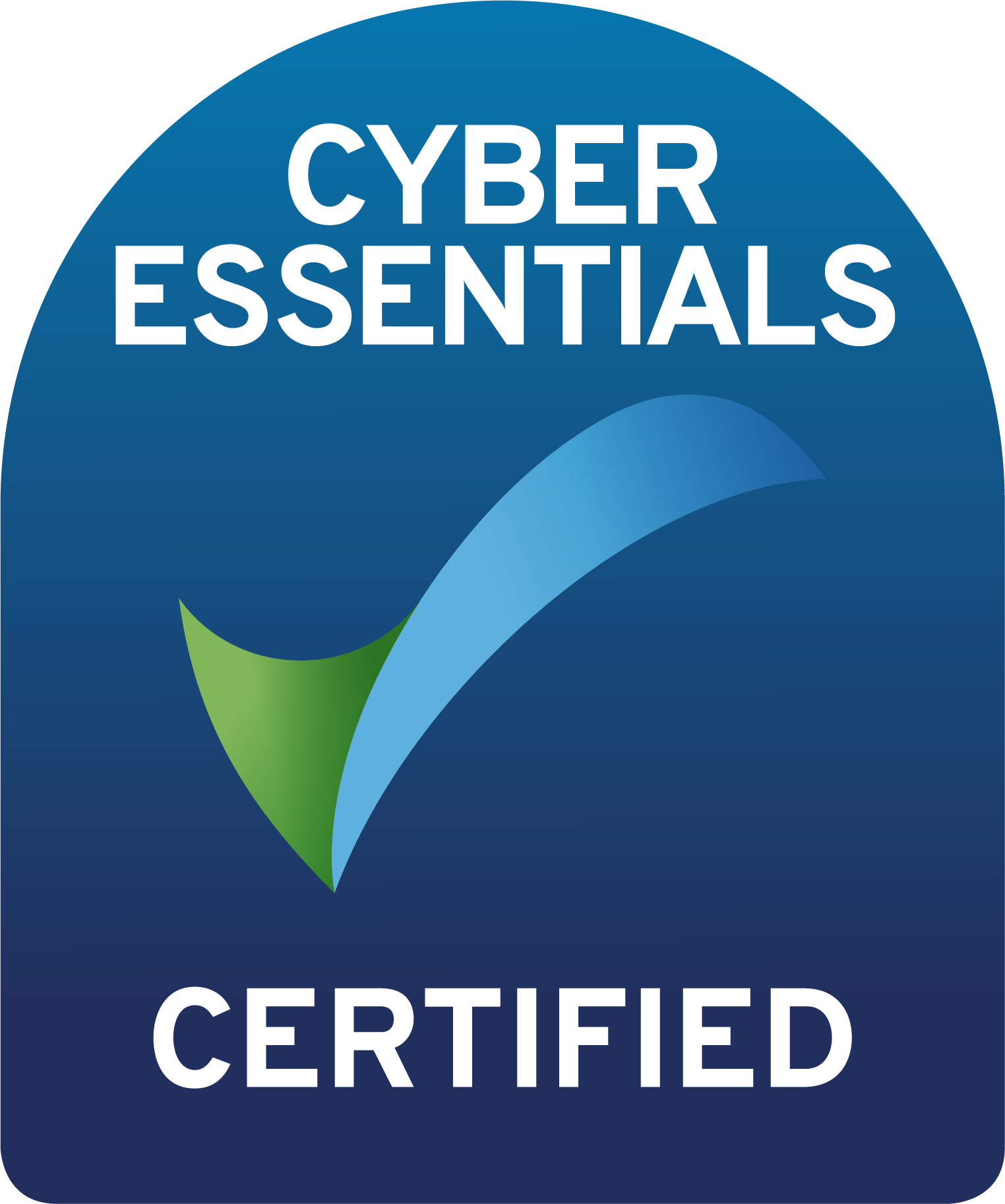
History
Standard Industrial Classifications (SIC) were first introduced into the United Kingdom in 1948 by the Office of National Statistics in order to classify organisations by the type of business in which they are engaged. The classification was designed to provide a framework for the collection, tabulation, presentation and analysis of data for the government, however in addition it can be used by non-government bodies as a convenient way of classifying their customer databases, or as an aid to the purchase of specific business lists. The SIC system has been reviewed and altered over the past 60 years, the 1980 system contained a lot of detail on manufacturing, the 1992 system provided even more detail, reflecting the changes in industries over the previous 12 years. The 1992 system was amended slightly in 2003 and SIC 03 is still used by quite a few companies today.
2007 SIC codes (the latest)
A new system, SIC 07, was introduced in 2008, which brought the classifications in line with the European Union's Industrial Classification System (NACE) and the UN's Inernational Standard Industrial Classifications (ISIC) to, and including, the 4 digit class level. For certain classes in the UK SIC 2007 taxonomy a further breakdown to a 5 digit level is available. The new SIC code list was revised mostly to cater for the growth in the information technology sector.
Useful SIC structure downloads
Full 2007 SIC code list
Full 2003 SIC code list
Full 1980 SIC code list
2007 to 2003 SIC code conversion table
2003 to 1980 SIC code conversion table
Feel free to download and use these documents for your internal use. Whilst we have made every effort to ensure their accuracy, Oblong (UK) Ltd is not responsible for any issues that arise from their use.
External Links
Wikipedia
SICcodewiki

SIC 2007 Industry Section List
A) Agriculture
B) Mining & Quarrying
C) Manufacturing
D) Electricity, Gas, Steam and Air Conditioning
E) Water Supply, Sewerage, Waste Management
F) Construction
G) Wholesale and Retail trade; repair of vehicles
H) Transport & Storage
I) Accommodation and Food service
J) Information & Communication
K) Finance & Insurance
L) Real Estate
M) Professional, Scientific & Technical
N) Admin & support service activitities
O) Public Sector, Social Security & Defence
P) Education
Q) Human Health & Social Work
R) Arts, Entertainment & Recreation
S) Other service activities
T) Household employers & Goods for own use
U) Extraterritorial Organisations & Bodies
© Oblong (UK) Ltd